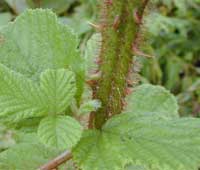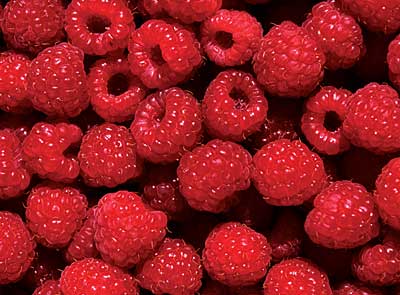nutrition
 The most important feature of plants is
their green color, which is the result of a pigment that they
have called chlorophyll. Plants use the chlorophyll to capture
light and the energy in light to manufacture food for itself.
This food such as sugar, starch and other carbohydrates, which
we as
The most important feature of plants is
their green color, which is the result of a pigment that they
have called chlorophyll. Plants use the chlorophyll to capture
light and the energy in light to manufacture food for itself.
This food such as sugar, starch and other carbohydrates, which
we as humans also use. Because of this pigment, they are able to
photosynthesize, which is the process in which the plant uses
the energy of the sun to convert water and carbon dioxide in to
food, mainly sugars, and oxygen.
humans also use. Because of this pigment, they are able to
photosynthesize, which is the process in which the plant uses
the energy of the sun to convert water and carbon dioxide in to
food, mainly sugars, and oxygen.
Raspberries also require normal watering, which means that the soil
should be kept moist and watered regularly or as conditions
require.
When growing raspberries, fertilizers that are high in N2
will promote healthy leaf growth, but too much nitrogen can
cause huge vegetative growth on the plant and have less flower
and bud development.
Raspberries also
provide nutrition for those other organisms that eat them.
Raspberries are very rich in vitamin C, which is a highly
effective antioxidant and
is
required
for production collagen in humans. Raspberries also contain a
potential anti-caner agent called ellagic acid, which some test
have shown may slow down the growth of some tumors caused by
carcinogens. If you have high blood cholesterol levels,
raspberries may be the thing for you. They are a source of
soluble fibers and may lower high blood cholesterol levels and
slow the release of carbohydrates in the blood stream of
diabetics. Half to one pound of raspberries per day can provide
twenty to thirty grams of fiber which is adequate for an adult's
daily nutritional requirement.

Raspberries can also be the source to
other organisms. The flowers of a raspberry can be the major
nectar source for honeybees and other pollinators.
